STRENGTHENING INDIA’S DEFENCE ECOSYSTEM
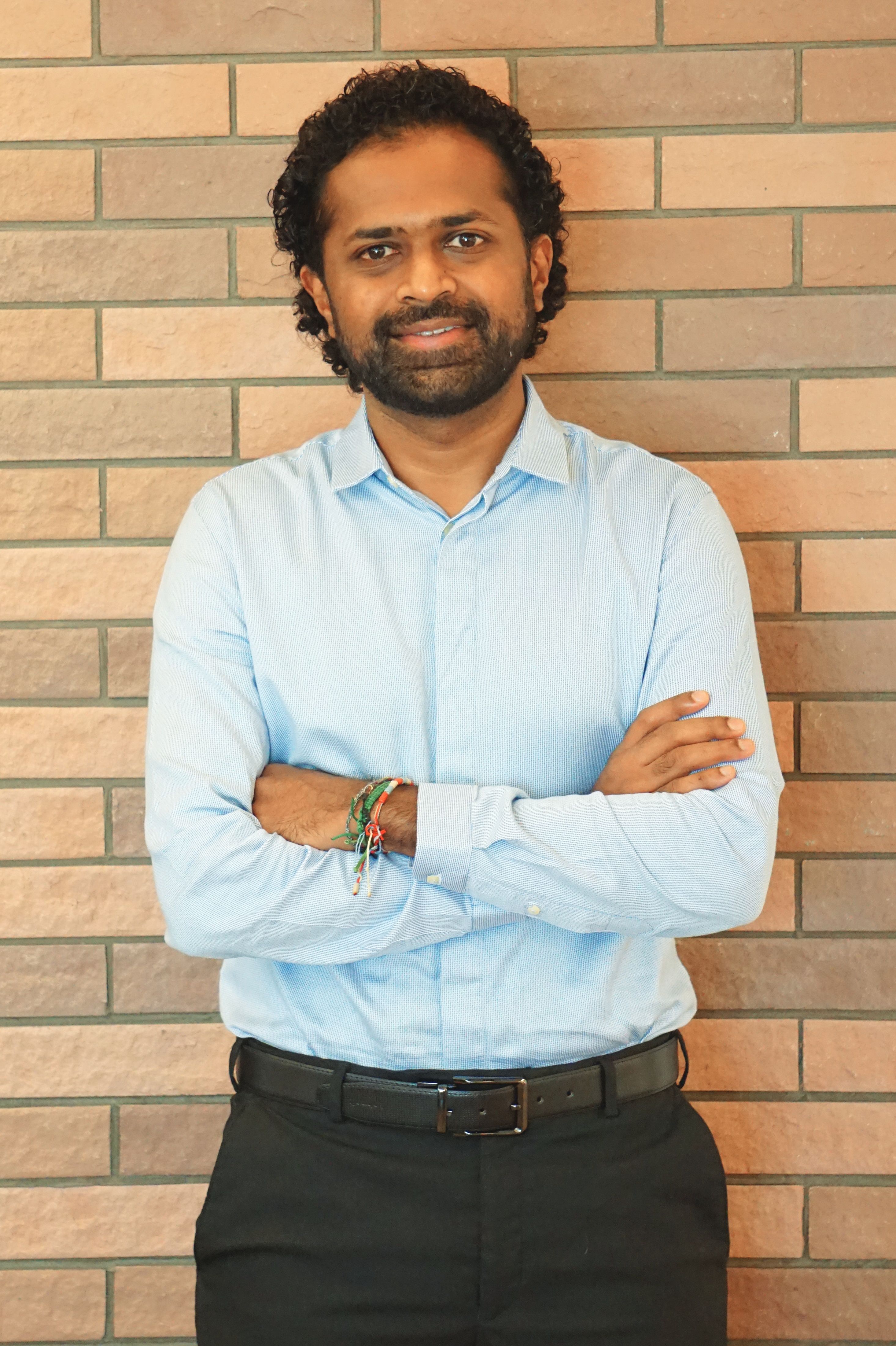
Subbu Venkatachalam, Head of Defence & Aerospace at Carborundum Universal Ltd (CUMI), shares insights on India’s journey in defence production, the impact of policy initiatives, and the opportunities emerging under Mission Sudarshan Chakra. He discusses CUMI’s role in indigenizing advanced materials, their applications in aerospace and naval systems, and the challenges of scaling adoption.
India has crossed the INR 1.5 lakh crore mark in defence production. From your perspective, what key drivers have enabled this momentum, and how do you see the path towards the INR 3 lakh crore target?
The realization that much can be done within India, by India, for India and the world has helped the growth of the ‘Make in India’ initiative in defence production. Key drivers of this momentum include policy initiatives favoring domestic production and emergency procurement schemes led by the Positive Indigenization Lists and import embargos; indigenization of frontier technologies through Transfer of Technology (ToT); schemes to accelerate MSME growth and participation; startup- friendly initiatives such as iDEX and DRDO’s Technology Development Fund; and accelerated R&D in strategic areas through collaborative partnerships between the private sector, government entities, and research institutions.
|
The biggest opportunities in the defence materials space will be in lightweight armor, thermal barrier coatings, hypersonic-grade ceramics, and manufacturing of critical parts—all of which will see rising demand as Mission Sudarshan Chakra unfolds. |
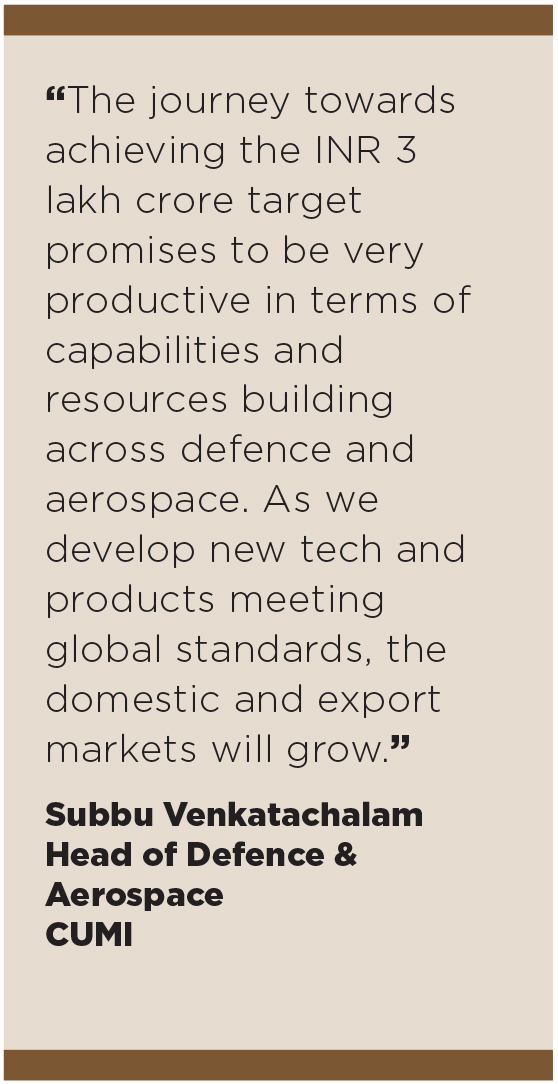
The journey towards achieving the INR 3 lakh crore target promises to be highly productive in terms of capabilities and resources building across defence and aerospace. As we develop new tech and products at par with global standards, the domestic and export markets will grow.
How do you see Mission Sudarshan Chakra reshaping India’s defence production landscape, particularly in terms of demand for indigenous materials and advanced manufacturing technologies?
Developing India’s very own multi-layer national security shield for all-round protection of key attack targets — both military and civilian establishments — broadens the scope of work and offerings from domestic manufacturers. As an example, the focus on developing cutting-edge indigenous aerial protection systems will result in a greater requirement for high-performance products such as heat-, corrosion-, and wear-resistant coatings for next-gen aerospace platforms. Thermal spray powders, which are used to formulate these coatings, exhibit excellent heat resistance. This makes them ideal for components exposed to extreme temperatures, like engine parts and rocket nozzles, significantly improving their performance. Another key material is metallized ceramics for the hermetic sealing of spark gaps, which are critical electronic components of aerial combat systems.
 |
|
Armour tiles designed using Advanced Ceramics |
With India aiming to become a global defence manufacturing hub, indigenous technologies backed by Mission Sudarshan Chakra will also encourage a reduction in import dependency, especially for defence-critical materials. This gives organizations such as CUMI a platform to supply to both domestic and export markets, while aligning with our capabilities in indigenously developed, globally benchmarked materials.
CUMI is one of the few Indian companies producing zirconia-based thermal barrier coatings and ceramic armor. How critical are these technologies in reducing foreign dependency, and how is CUMI scaling their adoption in India?
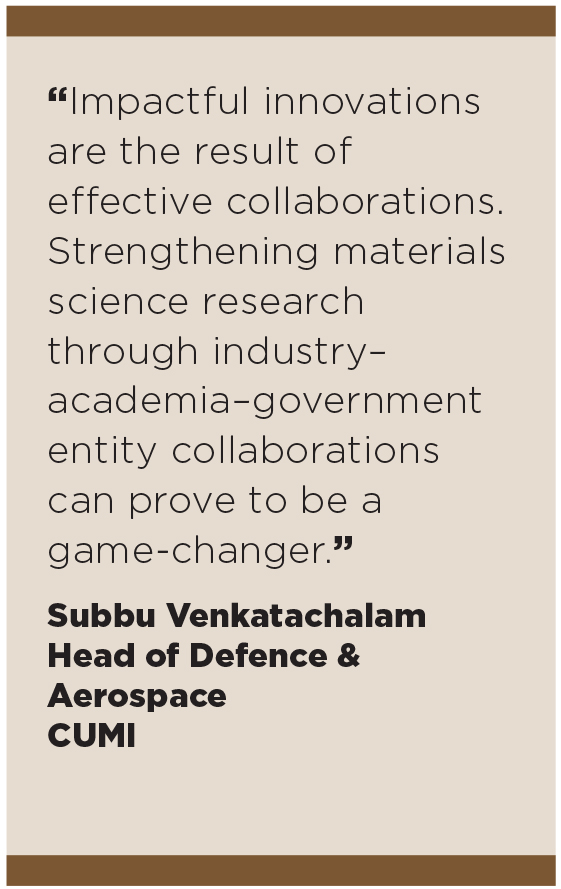
Zirconia-based thermal barrier coatings and ceramic armor are both highly strategic materials for the sector. Traditionally, they have been imported for aerospace, defence, and heavy engineering applications. By being fully backward integrated in our operations, CUMI is helping to produce them indigenously right from the grains and powders stage — the beginning of the value chain. Among the few manufacturers of critical raw materials like thermal spray powders for aerospace, CUMI is directly reducing India’s reliance on foreign suppliers.
To scale up adoption, we work with DRDO through the ToT route to develop new tech in armor, helping to scale up production. With imports coming down, so does the cost for end-users, with the added advantage of globally benchmarked quality. Being long-term collaborators of government entities like DRDO and ISRO, we have the expertise to develop products suited to the local terrain and environment. We also work with several smaller integrators and MSMEs across the ecosystem, helping them scale up their business and capabilities.
Could you share specific ways in which CUMI’s solutions are supporting jet propulsion systems and naval helicopter protection? What challenges do you face in bringing these advanced materials into large-scale defence use?
Our materials science-led solutions span a diverse range of protective applications across land-based, maritime, and aerial platforms and systems. Specific to jet propulsion systems, CUMI supplies thermal barrier and wear-resistant coatings that significantly enhance turbine efficiency and service life of critical engine components.
For naval helicopters, our lightweight ceramic armor panels improve crew protection without compromising on mobility. The main challenges lie in scaling these technologies—high cost of advanced materials, stringent qualification cycles, and the need for long-term volume commitments from defence programs.
Self-reliant supply chains are crucial for defence. What steps are needed to strengthen India’s domestic ecosystem for high-performance ceramics and coatings, from raw materials to final applications?
|
Manufacturing for the Defence and Aerospace industry involves two key considerations—precision and speed. This is possible by leveraging Industry 4.0 tools and other frontier technologies that accompany the use of advanced machine tools. |
Building a robust domestic supply chain is central to achieving India’s ambitions in defence. To strengthen the ecosystem, it is critical to:
Find the right materials and scale up manufacturing: Active R&D to discover new materials that continually align with on-ground priorities – for e.g., making materials stronger and lighter.
Forward integration with the right partners: While we are backward integrated and produce the components, many times, we are required to be involved in forward integration too. In such cases, aligning with the right partners becomes key.
Need for augmented testing and validation: Building more accredited labs and ballistic/thermal testing facilities
within India will help pursue faster certification.
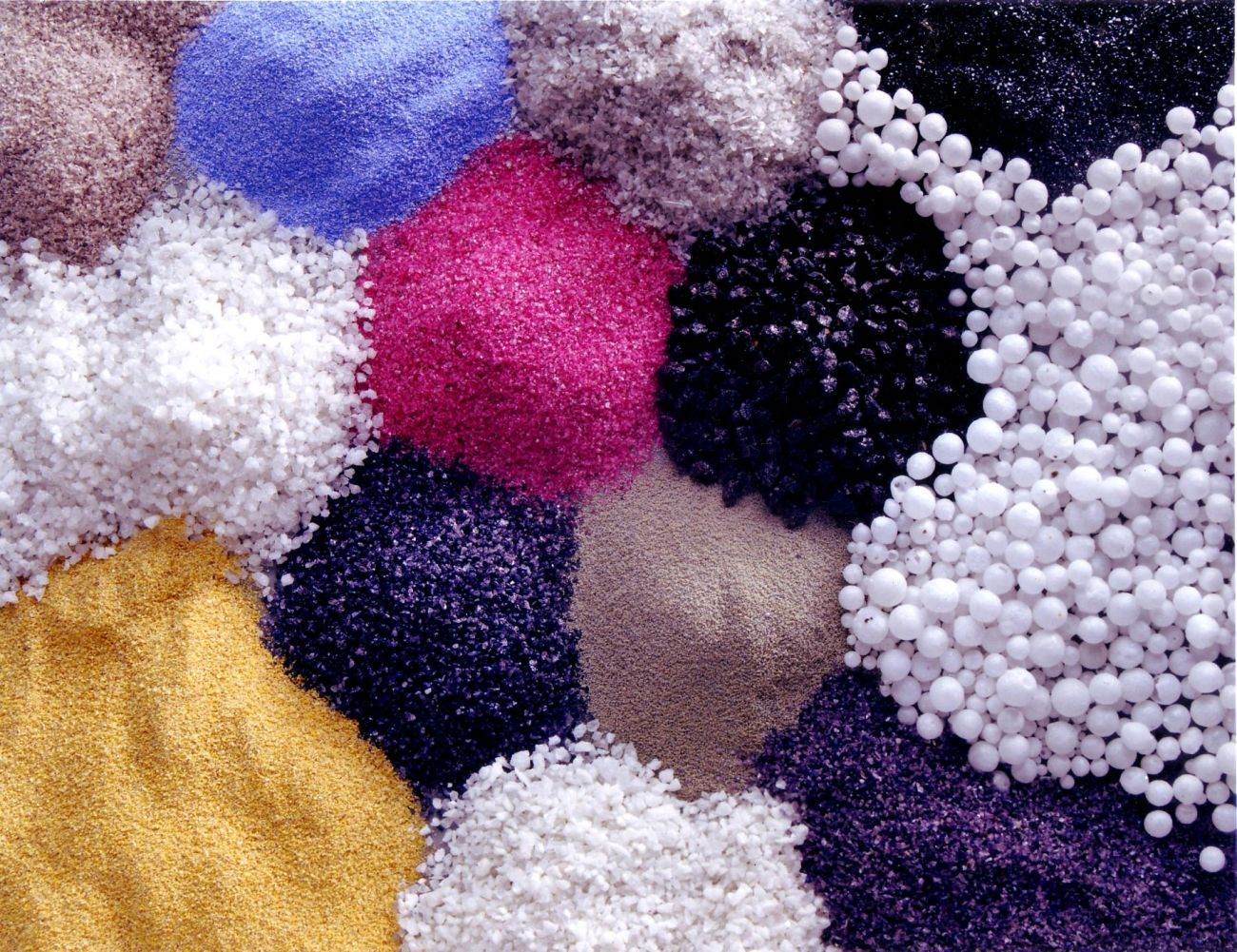 |
|
CUMI grains and powders |
Strong ecosystem partnerships: Impactful innovations are the result of effective collaborations. Strengthening materials science research through industry–academia–government entity collaborations can prove to be a game-changer.
How do you assess the current alignment between government bodies, defence PSUs, and private enterprises in areas such as R&D, certification, and procurement for advanced defence materials?
Collaboration has improved significantly in recent years. We now see greater cooperation in R&D through DRDO’s Technology Development Fund (TDF) and ToT programs, faster certification processes supported by dedicated testing facilities, and more open procurement policies that encourage private sector participation.
With India aiming to expand defence exports, what role can companies like CUMI play in positioning the country as a reliable supplier of advanced defence materials globally?
As a leader in materials science with 70 years of expertise, our contribution to positioning India as a reliable supplier of advanced materials globally is manufacturing globally benchmarked materials and products, ensuring no compromise in quality standards related to material procurement and processing at state-of-the-art R&D facilities, certifying products by recognized international testing and certification agencies, and working on pioneering tech that will allow us to break new ground – like lightweighting solutions for several applications.
Furthermore, with our strict export laws that require the highest compliance standards, India can be seen as a trusted global supplier of advanced defence materials.
Advanced materials are highly R&D intensive. How is CUMI investing in research, partnerships, or collaborations to stay ahead of evolving defence needs?
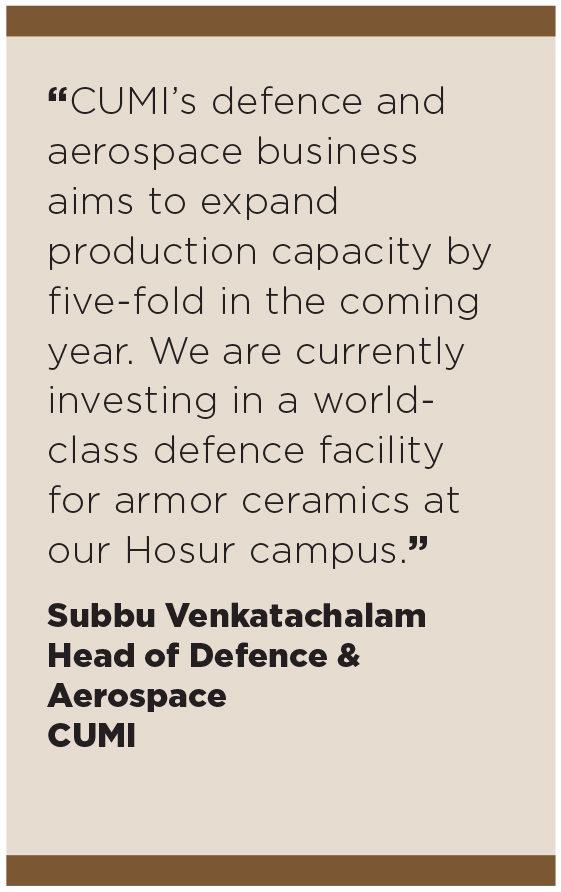
Collaborations are the keystone to developing solutions that not only address current challenges of our defence personnel but also enable next-gen capabilities to be built into defence systems. Our strategic and long-standing partnerships have enabled us to constantly evolve our solutions to offer the best in protection and performance to our soldiers at the frontlines. Some of our partnerships include:
Working with DRDO and academia: Through our long-term association with different DRDO labs, we have jointly developed cutting-edge materials and tech for Indian prototypes. Our most recent partnership with DRDO-DMRL is a ToT to manufacture lightweight composite armor for all-round ballistic protection of combat vehicles as per STANAG 4569 protection level 2 and 3.
We are in the process of working with academic research partners such as IIT Delhi at the national level and regional partners such as Kumaraguru College of Technology. In fact, we are in advanced discussions with DRDO CoEs and IIT Delhi to develop lighter, more high-performance materials for armoring.
We are also exploring closer tech collaborations with DRDO for future aerospace and defence electronics applications.
Hiring industry-leading experts: We have assembled the best-in-class materials science team for R&D, with pioneering research papers and patents to their credit. Leading names in the field of defence – Dr S Christopher, Former Chairman, DRDO and Dr P Sivakumar, Former Director, Combat Vehicles Research and Development Establishment (CVRDE) – closely guide our decisions as our Defence and R&D advisors.
Testing and refining right from scratch: Since we produce our own raw materials, we have the capacity to test and develop all aspects of our products.
International collaborations: We are working with several global partners to co-develop novel, industry-leading solutions.
Looking ahead, what are the biggest opportunities and challenges you foresee in India’s defence materials space over the next decade, particularly as Mission Sudarshan Chakra unfolds?
|
CUMI is exploring tech collaborations with DRDO for future aerospace and defence electronics applications. It is working with academic research partners such as IIT Delhi and Kumaraguru College of Technology. |
The biggest opportunities in the defence materials space will be in lightweight armor, thermal barrier coatings, hypersonic-grade ceramics, and manufacturing of critical parts—all of which will see rising demand as Mission Sudarshan Chakra unfolds. The challenges will be in scaling domestic raw material supply, navigating long qualification cycles, and ensuring cost competitiveness versus imports.
The Machine Tool industry in India is rapidly evolving with automation and digitalization. How important is advanced machine tool adoption for CUMI’s manufacturing processes, and how does it influence productivity, precision, and scalability in production?
Manufacturing for the Defence and Aerospace industry involves two key considerations—precision and speed. This is possible by leveraging Industry 4.0 tools and other frontier technologies that accompany the use of advanced machine tools. As we look to cement our position as a global defence manufacturing hub, increasing adoption of automation and digitalization will be critical to fulfil demand by targeting speed and efficiency of production while maintaining precision and consistency.
 |
SOUMI MITRA |





 Facebook
Facebook.png) Twitter
Twitter Linkedin
Linkedin Subscribe
Subscribe